Williams, Eric George
Killed in Flying Accident 1950-07-01

Birth Date: 1922-July-08
Born:
Son of Leonard and Hilda E. Williams.
Home:
Enlistment:
Enlistment Date: Unknown
Service
RCAF
Unit
424 Sqn- Squadron
Castigandos Castigamus Chastise those deserving
Base
Rank
Flying Officer
Position
Flying Officer
Service Numbers
130686
First Burial
 Woodland Cemetery, Hamilton, Ontario, Canada
Woodland Cemetery, Hamilton, Ontario, Canada
North American Harvard NA-26 NA-44 NA-61 NA-66 NA75 NA-76 NA-81
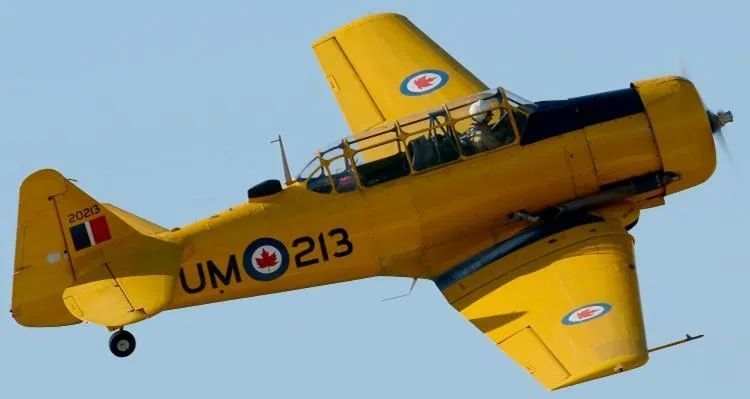
Canadian Warplane Heritage Museum
The North American Harvard appeared in 1937, in response to a US Air Corps proposal for an advanced trainer. The first of 50 Harvard Mk. Is ordered by the Canadian Government were delivered to RCAF Sea Island, BC in July 1939. By early 1940, the Mk. II was being assembled in California with an all metal fuselage replacing the original tube and fabric structure. 1200 Mk. IIs were supplied from US sources, until Canadian built Harvards started being produced in 1941.
In August 1938, Noorduyn Aviation of Montreal farsightedly signed an agreement with North American, to build the Harvard under licence. When the British Commonwealth Air Training Plan (BCATP) came into being in December 1939, Noorduyn received its first orders and went on to produce nearly 2800 Harvard Mk. IIBs for the RCAF and the RAF, between 1940 and 1945. In Canada, Harvard Mk. IIBs were used as advanced trainers with the BCATP at fifteen Service Flying Training Schools across the nation. They helped pilots make to the transition from low powered primary trainers, like Fleet Finch or the de Havilland Tiger Moth, to high performance front line fighters such as the Spitfire.
At the end of WW II, although the RCAF retained the Harvard as a trainer, a large number of them were sold off to civilian operators. The RCAF soon regretted this, for by 1949 the Cold War with the Soviet Union was in full swing and the RCAF urgently needed trainers again. 100 T-6J Texans were leased temporarily from the USAF and a further 270 Harvards, the Mk. IV version, were ordered from Canadian Car & Foundry, Thunder Bay. The RCAF used the Harvard Mk. IV for a further fifteen years, before finally retiring it in 1966.
A total of 20,110 Harvards were built between 1938 and 1954, 3,370 of them in Canada. Countless numbers of privately owned Harvards are still flying today.
Canadian Warplane Heritage Museum's Harvard Mk. IV was built by Canadian Car & Foundry, Thunder Bay, Ontario in late 1951. The aircraft saw service at four RCAF flying schools across the nation until it was sold to a civilian owner in 1965. It was the third aircraft to join the Museum after Dennis Bradley, Alan Ness and John Weir donated it in 1973.Canadian Warplane Heritage Museum
 Wikipedia Harvard Advanced Trainer
Wikipedia Harvard Advanced Trainer
424 Sqn Castigandos Castigamus ("Tiger")
History of the Squadron during World War II (Aircraft: Wellington III, X, Halifax III, Lancaster I, III)
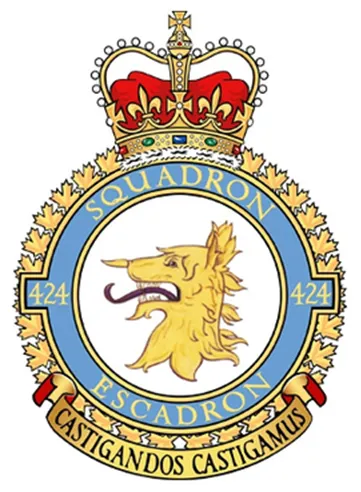
424 Squadron was the sixth RCAF bomber squadron to be formed overseas in WWII, at Topcliffe, Yorkshire, UK on October 15, 1942, originally as part of No 4 Group of RAF Bomber Command. It remained at Topcliffe when it was transferred to the newly-formed 6 (RCAF) Group on January 1, 1943. It moved to Leeming, Yorkshire , and then Dalton, Yorkshire , flying Vickers Wellington Mk III and X aircraft before being dispatched on June 22, 1943 to No 331 (RCAF) Wing of No 205 Group in Tunisia (Kairouan/Zina and Hani East airfields), from where it flew in support of the invasions of Sicily and Italy. It returned by sea to Skipton-on-Swale, Yorkshire in October/November 1943. It re-equipped with Handley Page Halifax Mk III aircraft, which it flew until January 1945, when it re-equipped with Avro Lancaster I and III aircraft. After the termination of hostilities in Europe, the squadron was transferred to No 1 Group, and was employed in operation DODGE, the repatriation of British and Canadian troops from Italy. It was disbanded at Skipton on October 15, 1945, 3 years to the day since its formation.
In the course of hostilities, the squadron flew 3257 sorties for the loss of 52 aircraft. 8776 tons of bombs were dropped. Crew members were awarded 1 DSO, 49 DFC's and 1 Bar to DFC, 1 CGM, 11 DFM's and 1 MiD. Battle Honours were: English Channel and North Sea 1943-45, Baltic 1944-45, Fortress Europe 1943-44, France and Germany 1944-45, Biscay Ports 1943-44, Ruhr 1943-45, Berlin 1944, German Ports 1943-45, Nornamdy 1944, Rhine, Bisacy 1943-44, Sicily 1943, Italy 1943, Salerno.Wikipedia, Kostenuk and Griffin
Squadron History (Bomber Command Museum PDF)
Maps for Movements of 424 Squadron 1942-45
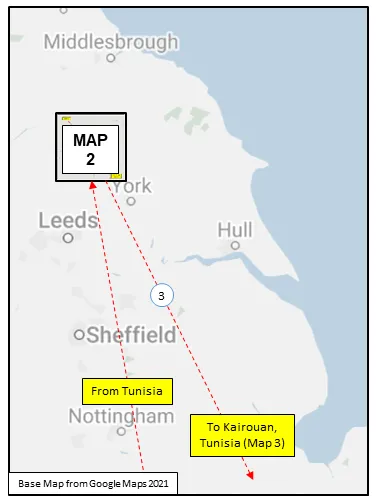 MAP 1: 424 Squadron Movements 1942-45 (right-click on image to display enlarged in new tab) | 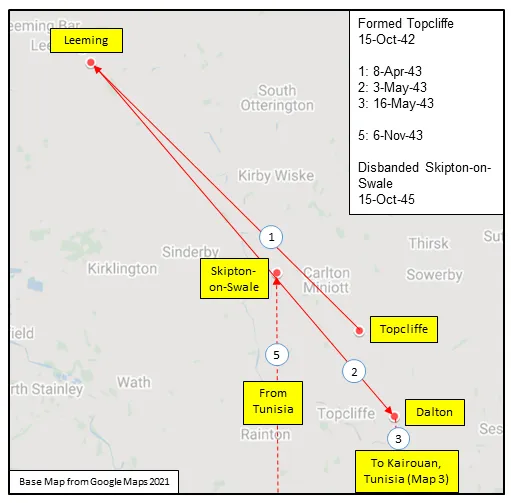 MAP 2: 424 Squadron Movements 1942-45 (detail of Map 1) | 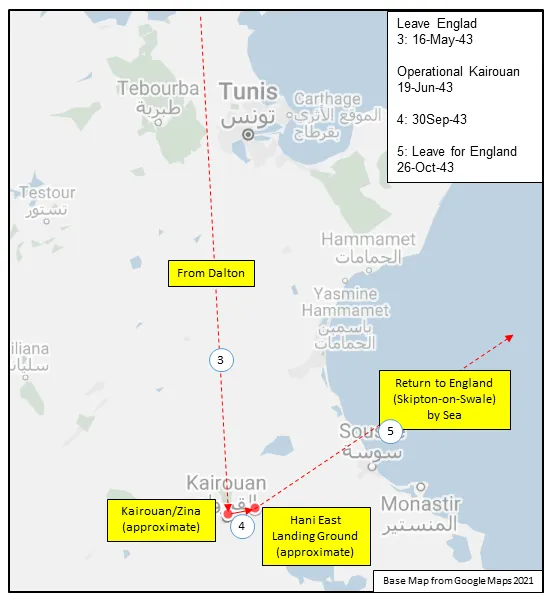 MAP 3: 424 Squadron Movements in North Africa 1943 |
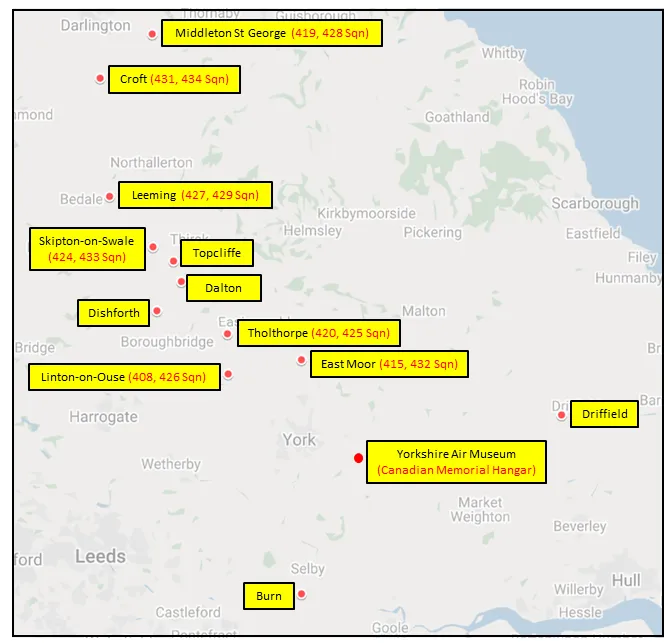
424 Squadron History Summary 1942-45
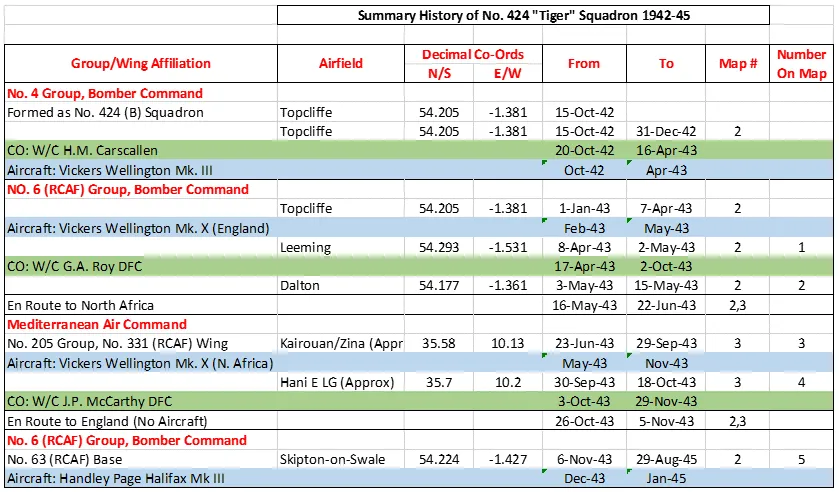
424 Squadron History Summary 1942-45 Page 2

History of the Squadron Post-WWII (Aircraft: Harvard II, Mustang IV, Silver Star 3, Expeditor, Otter, Griffon, Hercules)
The squadron was re-formed at Mount Hope, Hamilton, Ontario on 15 April 1946, as a light bomber unit. It was redesignated as an auxiliary fighter unit on 1 April 1947. It flew North American Harvard II and Mustang IV aircraft in a fighter role, as well as Canadair Silver Star aircraft until 1 September 1957 when it was then reassigned as a light transport and emergency rescue role and re-equipped with Beechcraft Expeditor and de Havilland Otter aircraft. On 21 October 1961 the unit received its Squadron Standard for 25 years’ service as No. 119 and 424 Squadron. A reduction of the Auxiliary Force resulted in the squadron being disbanded on 1 April 1964. On 8 July 1968, with unification of the Canadian Forces, the squadron was reactivated as 424 Communications and Transport Squadron, operating from CFB Trenton, Ontario . The squadron has flown more than 14 different types of aircraft during its history.
424 (Tiger) Squadron is now a Transport and Rescue Squadron based at 8 Wing Trenton. To fulfil its roles, 424 Squadron operates the CH-146 Griffon helicopter and the CC-130H Hercules. 424 Squadron and 435 Transport and Rescue Squadron provide primary search and rescue response for the Trenton Search and Rescue Region (SRR), the largest in Canada. The Trenton SRR extends from Quebec to the British Columbia/Alberta border, and from the Canada/United States border to the North Pole. The Squadron crews one aircraft of each type on standby response posture in order to respond to distress cases as tasked by Joint Rescue Coordination Centre Trenton.
In addition to providing SAR response through a para-rescue capability, the CC-130H Hercules allows the squadron to conduct its transport role in Canada and around the world. The CH-146 Griffon enables rescues and medical evacuations from locations on land and over water. Both aircraft carry Search and Rescue Technicians onboard in order to provide urgent care to those in need. The members of 424 Squadron provide SAR response to incidents under the federal SAR mandate; all aircraft incidents and all marine incidents in waters under federal jurisdiction. They also support humanitarian missions and other SAR organizations when able. Wikipedia and www.canada.ca/en/air-force/corporate/squadrons/424-squadron.html
 Canadian Virtual War Memorial
Canadian Virtual War Memorial www.findagrave.com
www.findagrave.com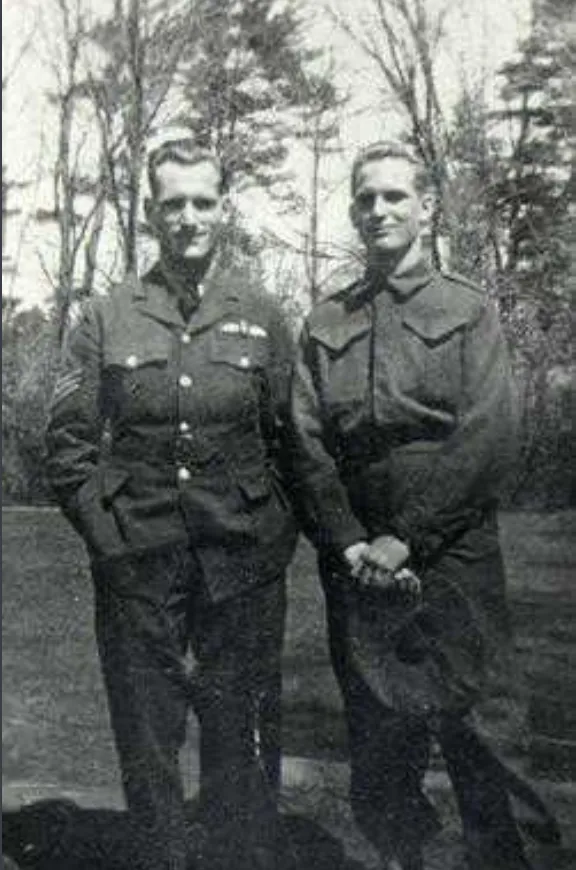


 Harvard Advanced Trainer
Harvard Advanced Trainer Harold A Skaarup Web Page
Harold A Skaarup Web Page